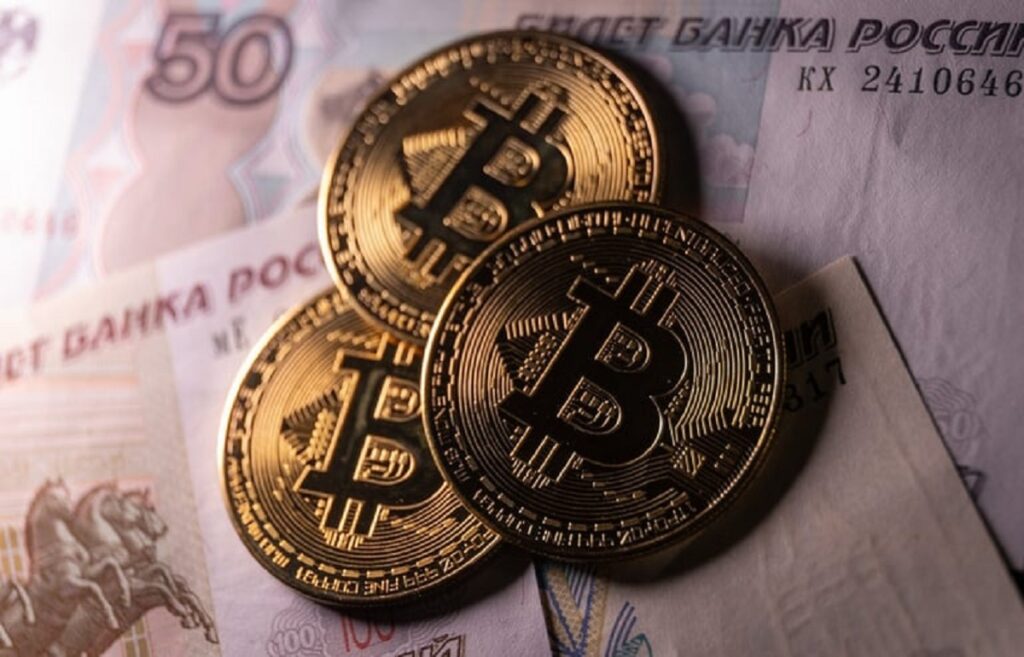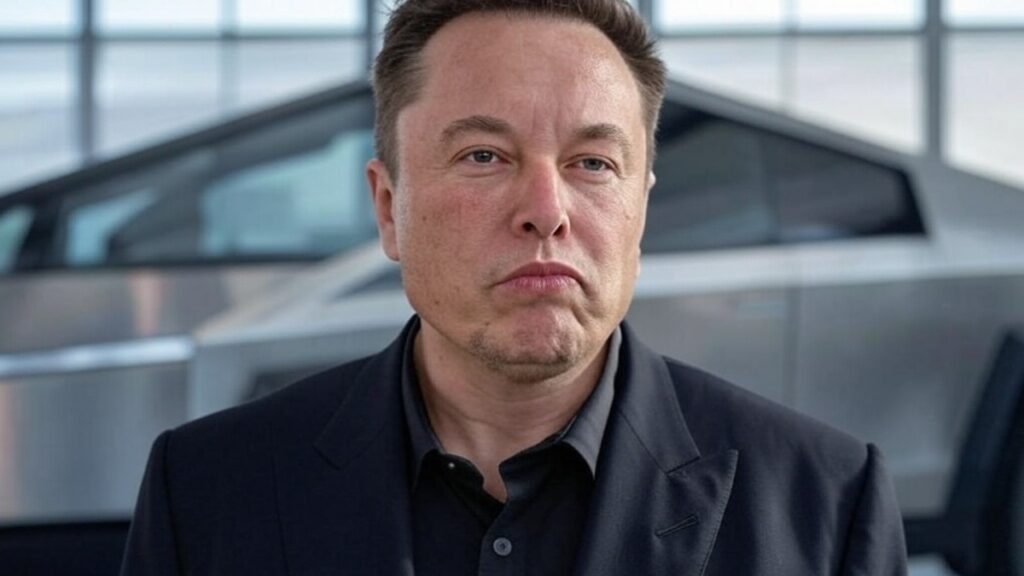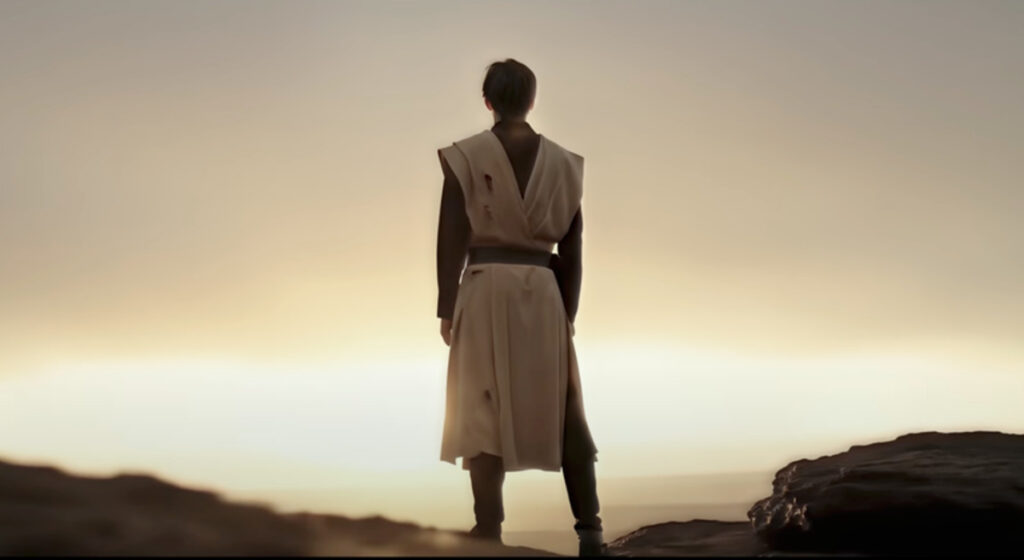In a narrative marked by both aspiration and disappointment, James Howells, a Welshman who misplaced a hard drive containing €742 million worth of Bitcoin, has finally reconciled with the reality that his quest to reclaim his fortune has become a mere fantasy. After more than a decade of rummaging through heaps of rubbish, Howells is calling it quits. Here’s a glimpse into a saga that began with a minor error and culminated in a Herculean effort.
A Digital Goldmine Lost in Trash
Approximately twelve years ago, long before Bitcoin became a widely recognized name, it was still an obscure investment primarily known to a niche group of tech aficionados. Among these early adopters was James Howells, an IT professional from Wales. When Bitcoin’s value was virtually negligible, Howells took a leap and purchased 8,000 coins—simply for fun. He stored his digital treasure on a hard drive, subsequently forgetting about it as time went by.
In 2013, Howells made a fateful error. He inadvertently discarded the hard drive that held his Bitcoin windfall. Initially, this loss was significant, worth around €8 million. However, in light of Bitcoin’s explosive appreciation, it now represents a jaw-dropping €742 million. What was once a dream is now buried beneath an immense pile of waste in a landfill in Newport, Wales.
A Quest Against All Odds
Driven to reclaim his lost fortune, Howells launched an effort that can only be described as a noble crusade. His ambitious plan involved scouring the Newport landfill, a site laden with between 10,000 to 15,000 tons of rubbish, in search of that elusive hard drive. He envisioned deploying drones, robots, and specialized teams to meticulously sort through the refuse.
However, Howells faced a barrage of legal and environmental challenges. Local authorities consistently rebuffed his requests, citing health and ecological risks. UK pollution control laws assert that once waste is deposited in a landfill, it legally becomes the site’s property. Excavating it—especially for something as small as a hard drive—posed significant dangers. Not only could it release hazardous materials into the ecosystem, but it could also jeopardize public health.
Despite Howells’ unwavering determination, he was unable to acquire the necessary permits to carry out such an operation, effectively derailing his grand plans. His aspirations lay buried, quite literally, under heaps of refuse.
The Final Verdict: A Dream Shattered
After over a decade of striving to recover his Bitcoin bounty, Howells’ quest reached a definitive conclusion in 2024. A British judge determined that Howells had no “realistic chance” of successfully finding the lost treasure. This ruling hinged on both the environmental concerns and the statute of limitations—more than six years had elapsed since the initial loss in 2013, nullifying any legal recourse.
The ruling struck a heavy blow for Howells, who had invested years in advocating for the permissions to pursue his search. For him, it was never merely about the money; it had become a matter of principle. He felt deserving of the chance to chase the dream, however unlikely it may have been. In a heartfelt address, he voiced his dismay regarding the UK judicial system, asserting that his situation was not given the consideration it merited.
A Journey Concluded
Ultimately, the judge’s decision was logical. From a logistical, legal, and health perspective, there was no feasible way to sustain the search. Even if Howells somehow recovered the hard drive, the likelihood of it being operable after years submerged in refuse was extremely low. Hard drives are delicate devices, and prospects for recovering any data were nearly nonexistent.
Now, without the hard drive and the fortune, Howells must accept as the mountains of rubbish continue to bury his dreams. While this chapter closes on a melancholy note, it offers a cautionary tale about the necessity of managing digital assets and keeping track of our valuables—whether they be tangible or virtual.
Though Howells’ search ended in disappointment, his odyssey serves as a stark reminder of the extremes to which some will go for a second chance at a distant dream.







